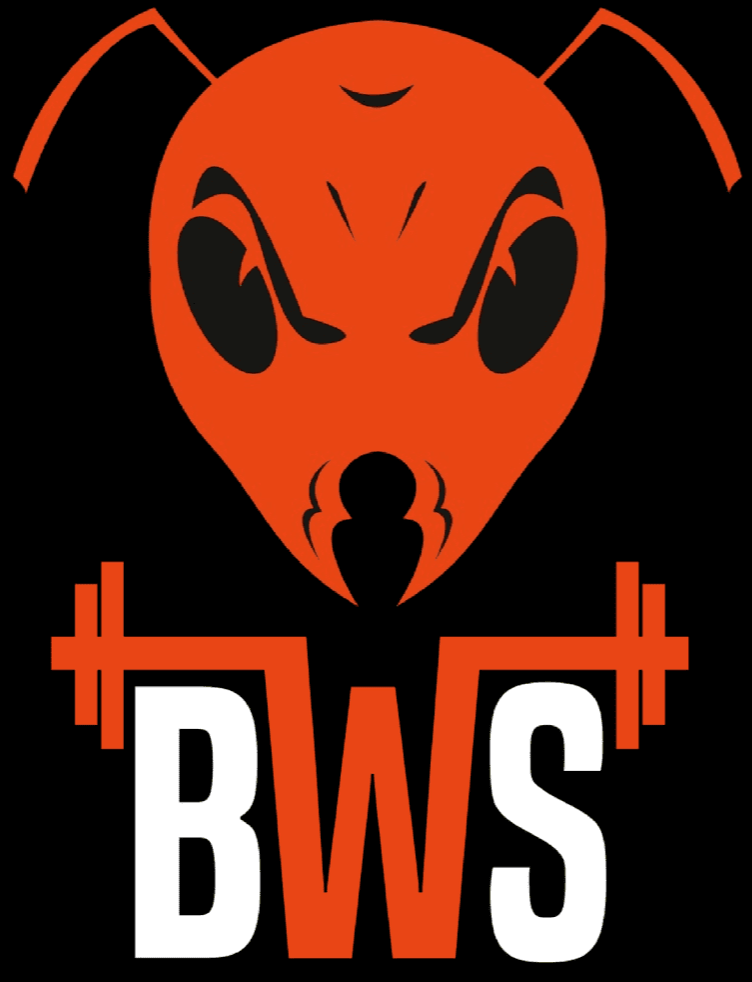Weightlifting is a strength sport that involves lifting weights but also requires technical mastery, speed, flexibility, coordination and balance.
The two movements of weightlifting (evaluated during competitions) are the snatch and the clean and jerk. In the snatch, the bar is lifted above the head in one continuous movement. In the clean and jerk, the movement is executed in two steps. The bar is first brought to the shoulders before being thrown over the head.
 BRUSSELS WEIGHTLIFTING SCHOOL
Weightlifting, powerlifting and physical preparation school in Ixelles/Watermael-Boitsfort
BRUSSELS WEIGHTLIFTING SCHOOL
Weightlifting, powerlifting and physical preparation school in Ixelles/Watermael-Boitsfort